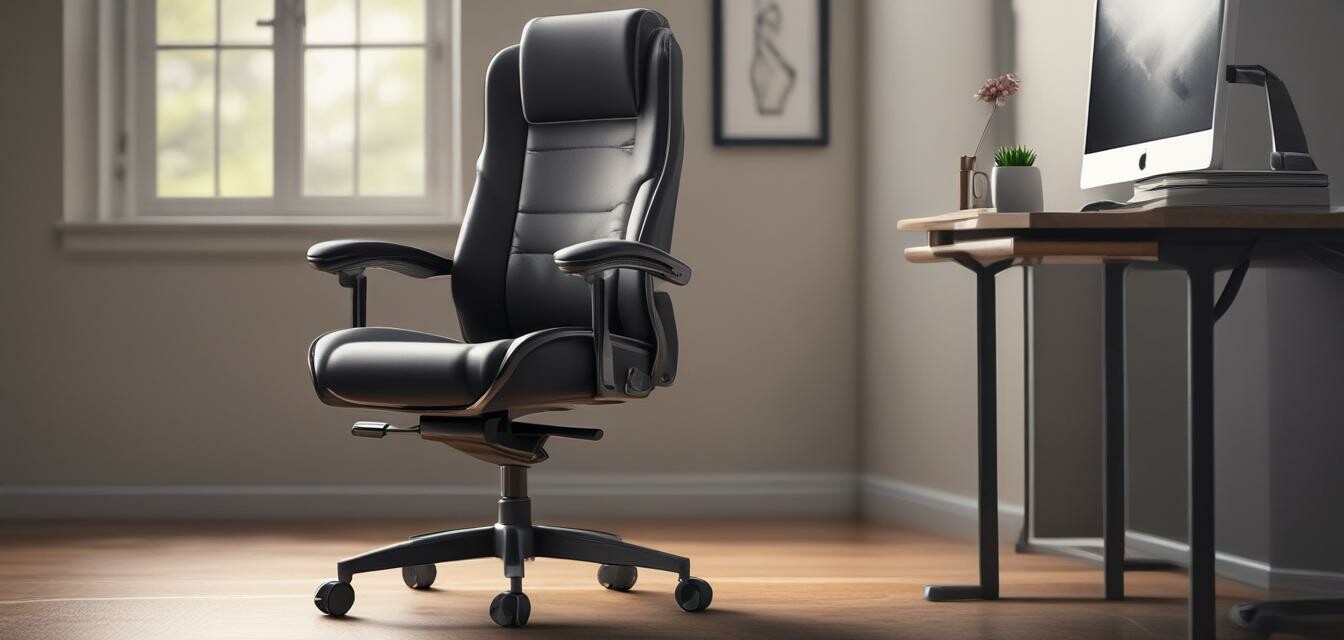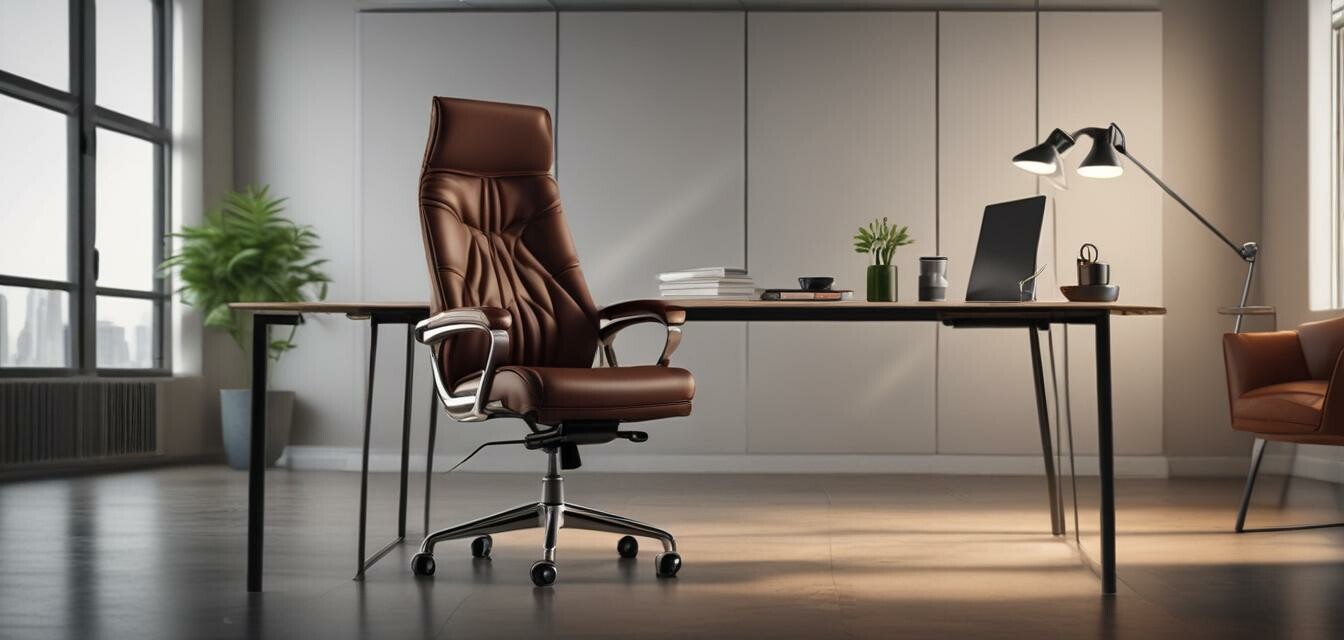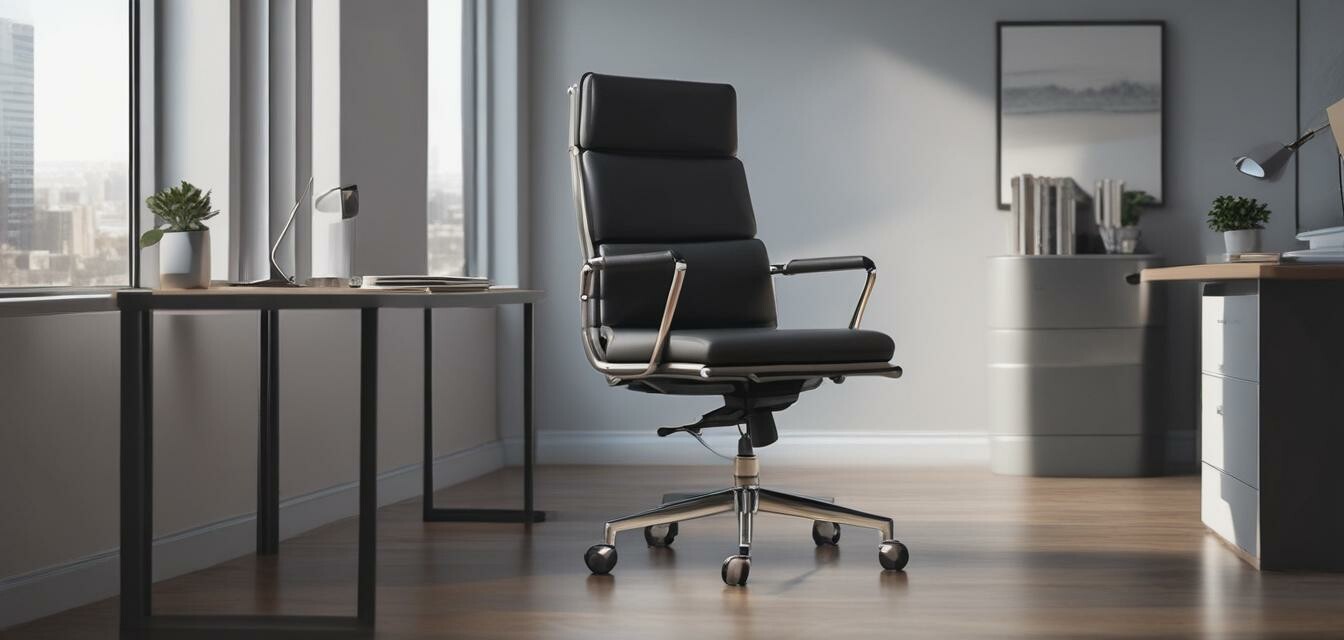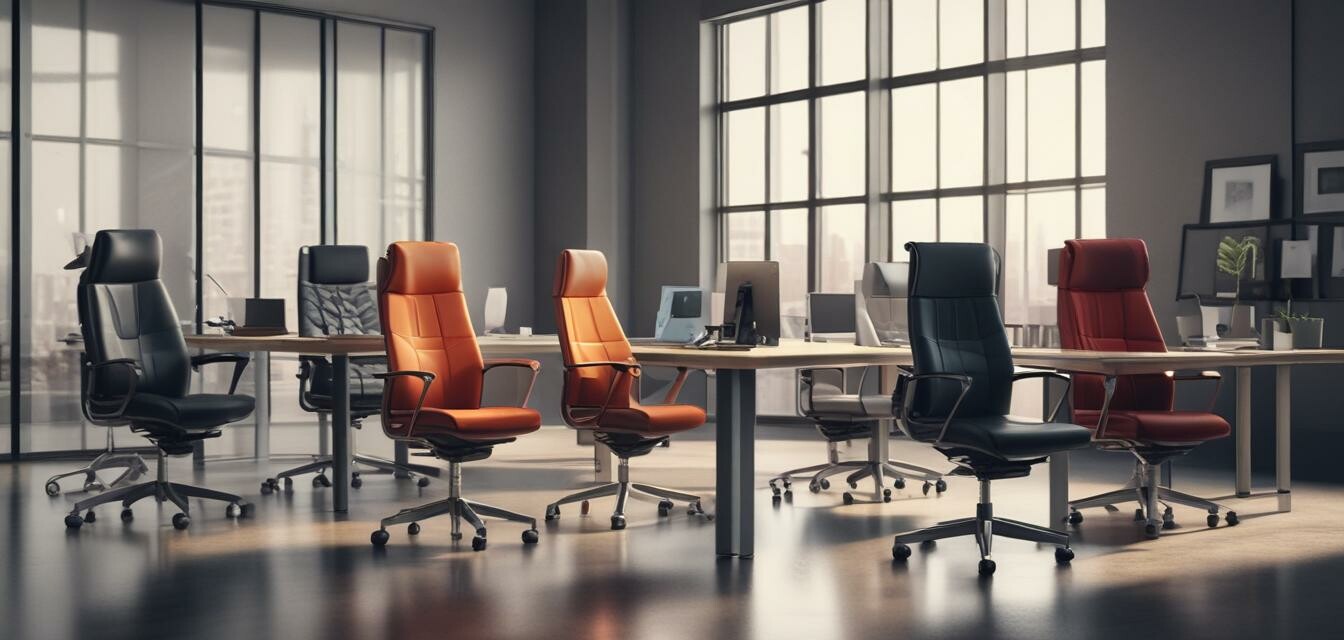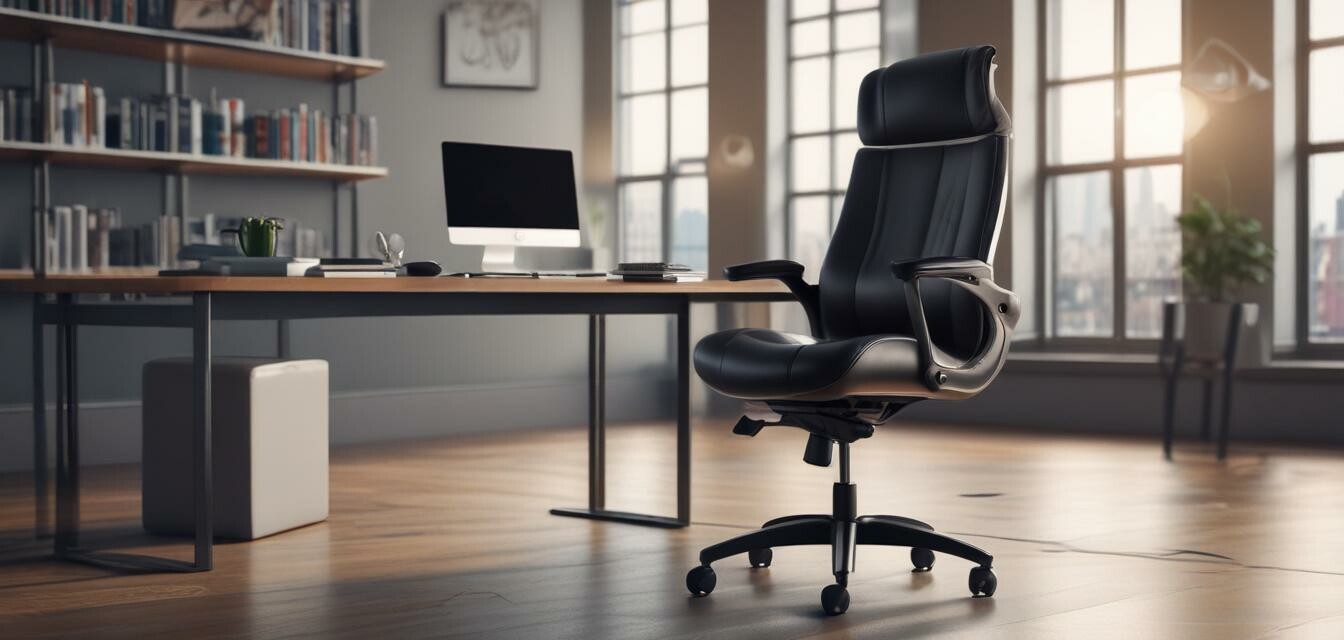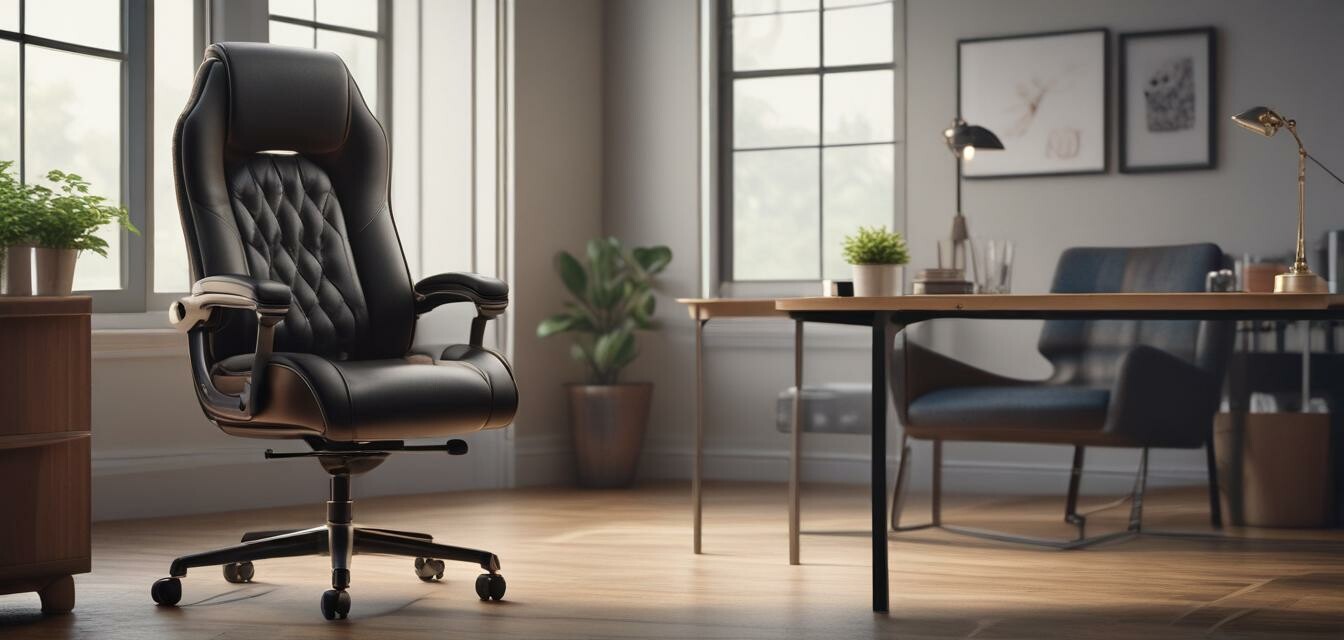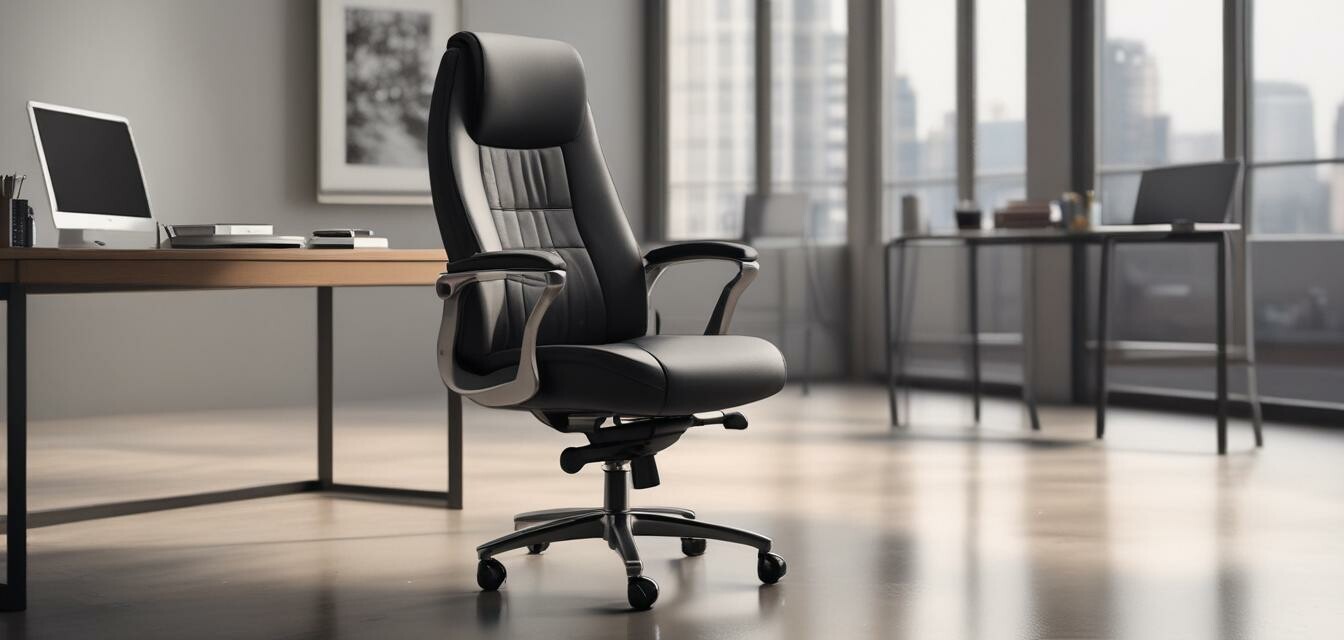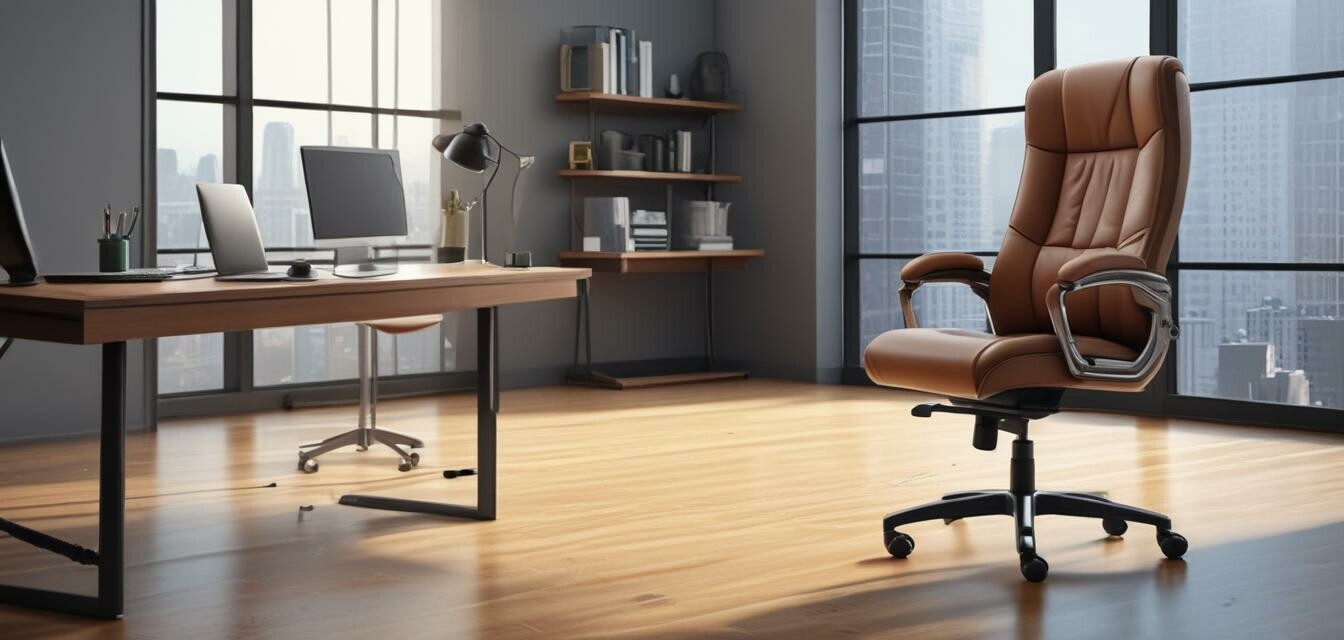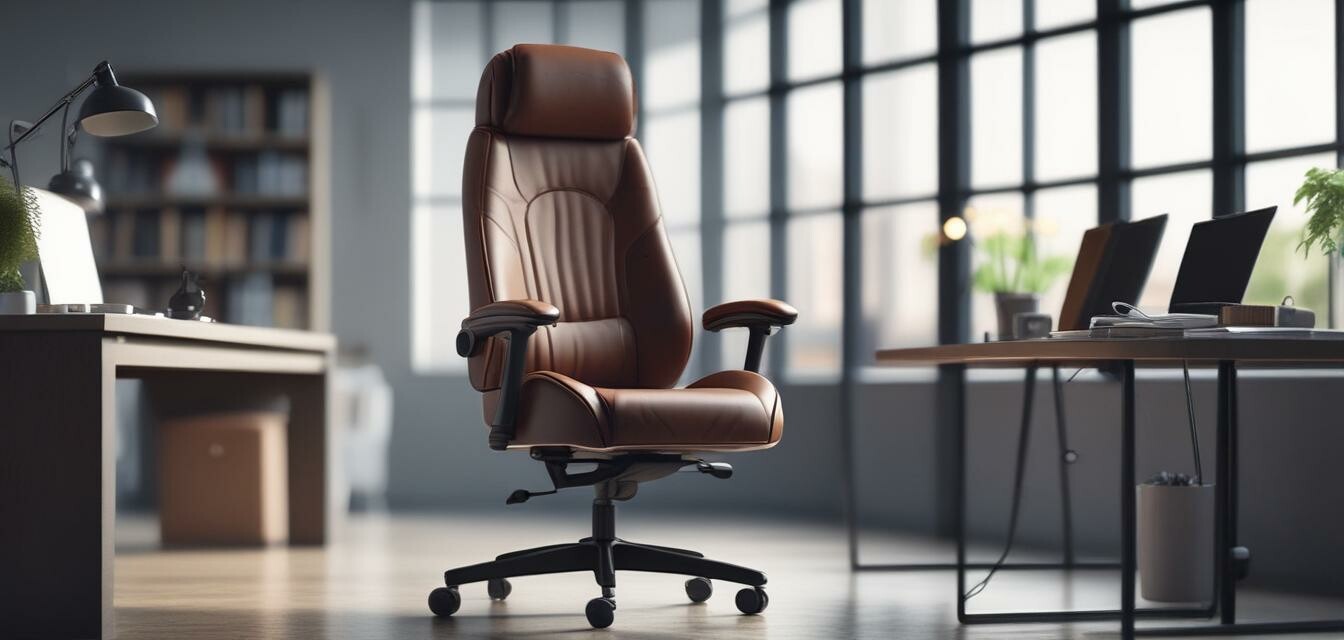
High Back vs. Low Back: An Analysis of the Differences Between High Back and Low Back Office Chairs
Key Takeaways
- High back chairs provide more support for the upper back and neck.
- Low back chairs are more compact and may be preferred for mobility.
- Comfort levels can vary based on individual needs and usage.
- Both types have unique designs suitable for different work environments.
When it comes to selecting the right office chair, understanding the differences between high back and low back options is vital. Each design serves different needs and preferences, making the decision crucial for comfort and productivity. In this article, we will analyze the characteristics, benefits, and drawbacks of both high back and low back office chairs to help you make an informed choice.
Understanding High Back Office Chairs
High back office chairs typically extend above the user's head and offer extensive lumbar, neck, and shoulder support. They are designed for maximum comfort, particularly during long hours of desk work.
Benefits of High Back Office Chairs
- Enhanced support for the neck and shoulders.
- Encourages better posture by promoting spinal alignment.
- Ideal for users who spend long hours sitting at a desk.
Potential Drawbacks of High Back Office Chairs
- Tend to be bulkier, occupying more space.
- May not fit well in compact office spaces.
- Can be on the higher end of the price spectrum.
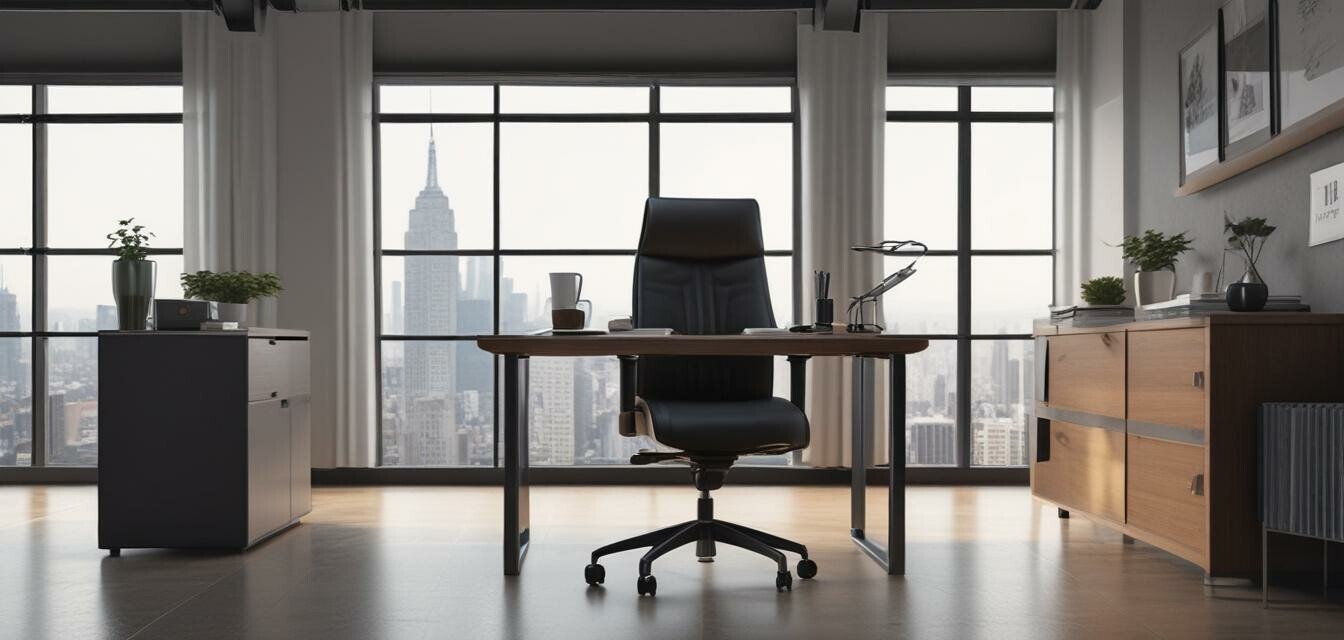
Understanding Low Back Office Chairs
Low back office chairs are generally designed with a shorter backrest that provides support mainly to the lower back. These chairs often favor a more flexible range of motion and allow for a wide variety of sitting positions.
Benefits of Low Back Office Chairs
- Compact and easier to move around.
- Usually lighter and may cost less than high back options.
- Ideal for task-oriented work that requires mobility.
Potential Drawbacks of Low Back Office Chairs
- Less support for the neck and shoulders.
- May lead to poor posture if not used correctly.
- Not suitable for extended periods of use by some individuals.
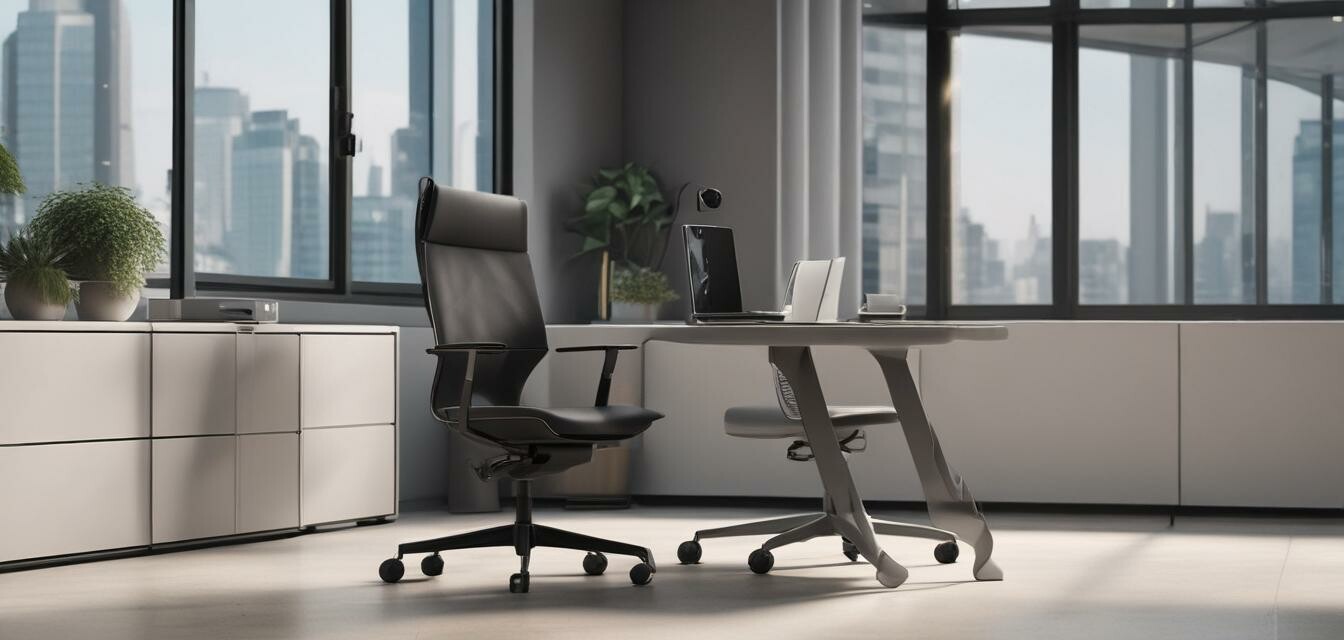
Comparison Table: High Back vs. Low Back Office Chairs
| Feature | High Back Chairs | Low Back Chairs |
|---|---|---|
| Support Level | High; offers neck and shoulder support | Medium; primarily for lower back support |
| Size | Bulkier; occupies more space | Compact; more space-efficient |
| Price Range | Generally higher | Usually lower |
| Best For | Long periods of sitting and proper posture | Task-oriented tasks and mobility |
Which One Should You Choose?
Your choice between a high back or low back office chair will ultimately depend on your specific needs:
- If you often work long hours and need support, a high back chair may be the right option.
- If you prefer something more mobile and lightweight, a low back chair could be the better choice.
Additional Factors to Consider
When selecting an office chair, consider the following:
- Your work style and duration: Think about how many hours you spend seated.
- Office Space: Assess the area where the chair will be placed.
- Budget: Determine how much you are willing to invest in a chair.
Tips for Beginners
- Test both types in a store to find out what feels more comfortable.
- Look for chairs that allow adjustments to suit your specific body type.
- Consider ergonomic features that promote better health while working.
Conclusion
In summary, high back and low back office chairs serve unique purposes in enhancing comfort and productivity in the workplace. Understanding the differences, benefits, and drawbacks of each type can help you make an informed decision suited to your personal and professional needs.
Pros of High Back Office Chairs
- Superior neck and shoulder support.
- Promotes better posture.
- Ideal for long work hours.
Cons of High Back Office Chairs
- Takes up more space.
- Higher cost.
- May be overwhelming for smaller spaces.
Pros of Low Back Office Chairs
- Lightweight and easy to move.
- Cost-effective choice.
- Allows greater freedom of movement.
Cons of Low Back Office Chairs
- Less overall support.
- Risk of poor posture.
- Not suitable for extended use for some individuals.
